SGGP
80-year-old Vesela Grujoska (Vesa) still shows up at Sydney Central Station, Australia, every day at 6 a.m. to sweep and clean the train cars and said she "will only retire when she is 100 years old."
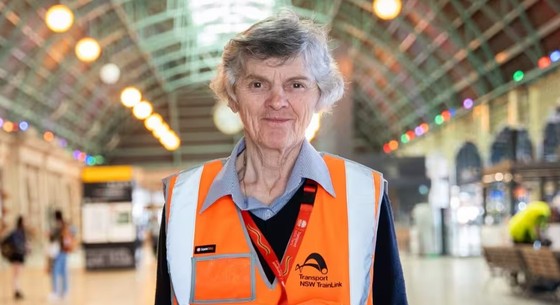 |
| 80-year-old Vesela Grujoska still doesn't retire |
Vesa was born in 1943 in a small village in Macedonia (now North Macedonia) and migrated to Australia with his family in 1970. At a rare age, he is still among those participating in the workforce in the land of Kangaroos.
SBS channel cited statistics from Australian authorities saying that in 2021 there were more than 600,000 workers aged 65 and over, doubling after 20 years.
The Australian government has recently announced legislation allowing retired seniors and veterans to work if they want to.
Social Services Minister Amanda Rishworth said many older Australians who retire want to re-enter the workforce and make a difference. The new law helps reduce barriers to older people getting paid work.
“We need to ensure that the system encourages older Australians to work if they want to. No one should be financially disadvantaged by staying in the workforce longer, or returning to work after a period away,” Ms Rishworth said.
Financial security in old age is not easy for many Australians. A survey of 1,063 people by the Finder website found that 23% of respondents admitted they do not have enough money in superannuation or other investments to cover their living expenses in retirement. 27% are unsure if they will have enough money to live on when they stop working, while 22% believe they will have enough but will have to cut back on spending.
The newly announced law has received great support from the elderly as well as employers' organizations.
NSW TrainLink, the company where Vesa works, recently honored her contributions over the past 50 years to NSW TrainLink. A representative of NSW TrainLink said they “want more Vesa” in the future and affirmed that the company does not discriminate against employees by age.
“If you are physically able to work, the company welcomes and welcomes you,” said a NSW TrainLink representative.
The move by Australian employers to create opportunities for older workers comes amid a labour shortage in Australia. In early October, Acting Commissioner for Jobs and Skills Australia (JSA) Peter Dawkins warned that Australia was facing its worst skills shortage in 60 years.
According to JSA data, in Australia, 36% of occupations will face a shortage of qualified workers in 2023, up from 31% in 2022. Along with a large shortage of technicians and tradespeople, professional occupations such as medicine , engineering and science are most affected.
The JSA recommends that the Australian Government implement broad strategies in higher education , vocational training and migration to ensure workers have the skills employers need. In fact, the Australian Government has implemented many solutions to deal with the labor shortage, including a recent agreement to fund vocational education and training (TAFE) institutions in Australia for 5 years, worth AU$12.6 billion (more than USD 8 billion)…
Source






![[Photo] Prime Minister Pham Minh Chinh chairs meeting to deploy overcoming consequences of storm No. 10](https://vphoto.vietnam.vn/thumb/1200x675/vietnam/resource/IMAGE/2025/10/3/544f420dcc844463898fcbef46247d16)

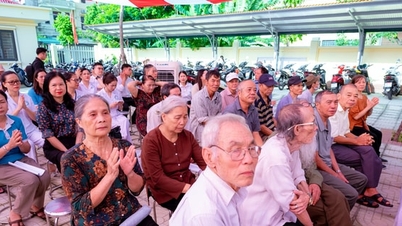





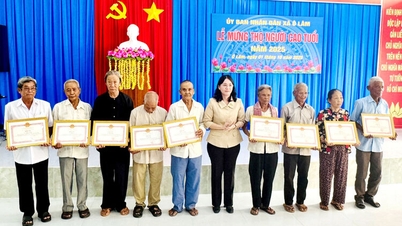

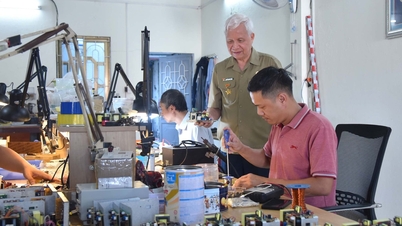



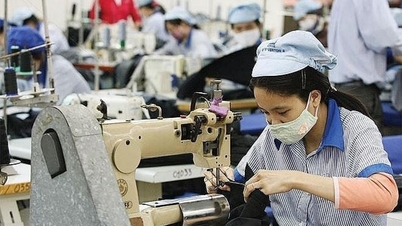



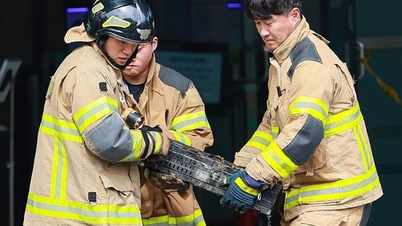







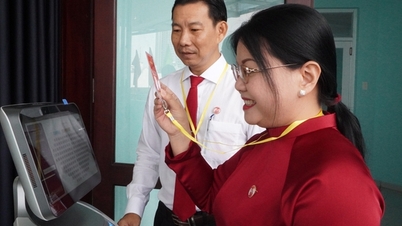

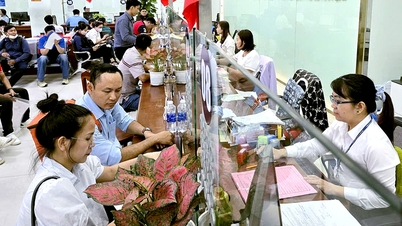


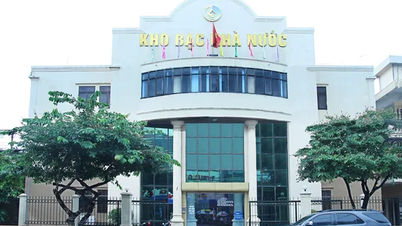

![[Photo] Binh Trieu 1 Bridge has been completed, raised by 1.1m, and will open to traffic at the end of November.](https://vphoto.vietnam.vn/thumb/1200x675/vietnam/resource/IMAGE/2025/10/2/a6549e2a3b5848a1ba76a1ded6141fae)










































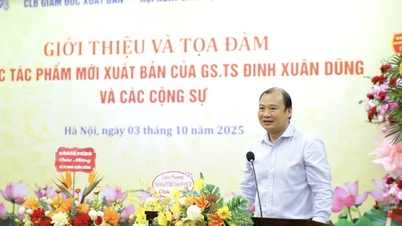






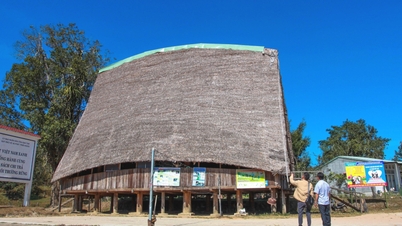

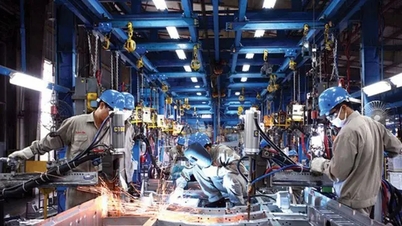
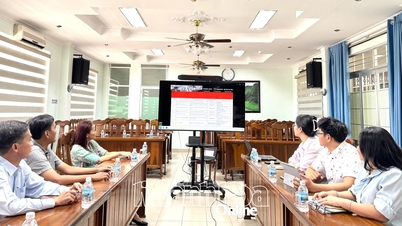

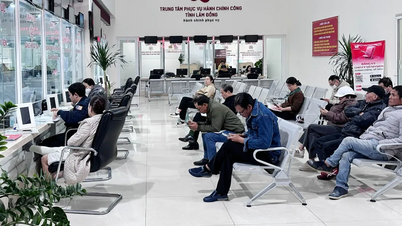














Comment (0)